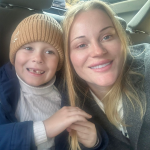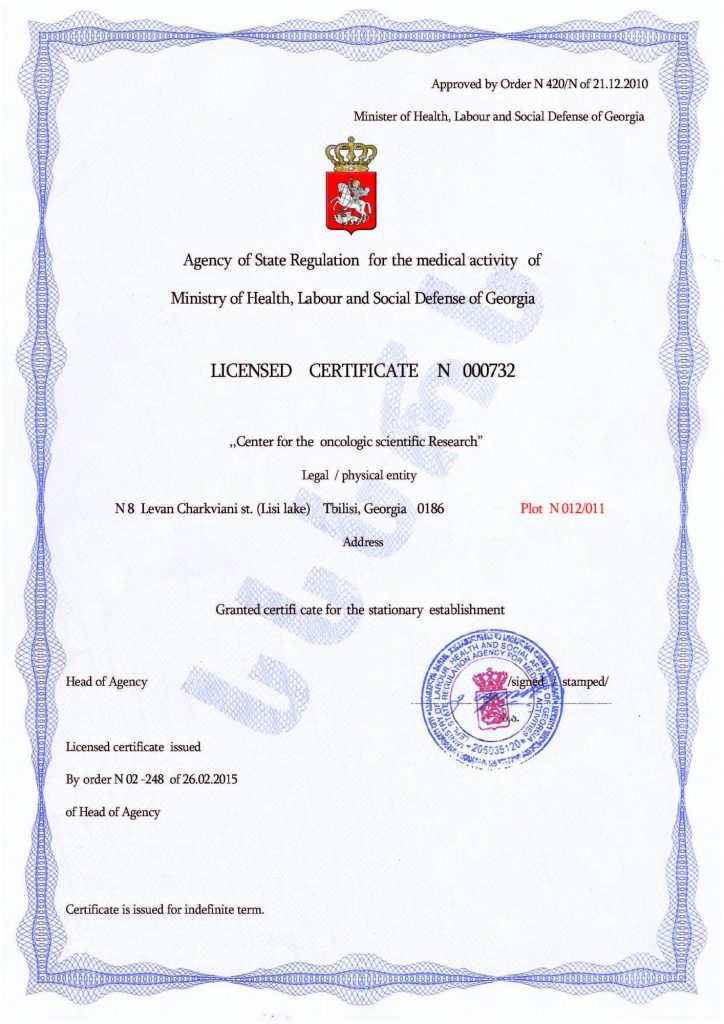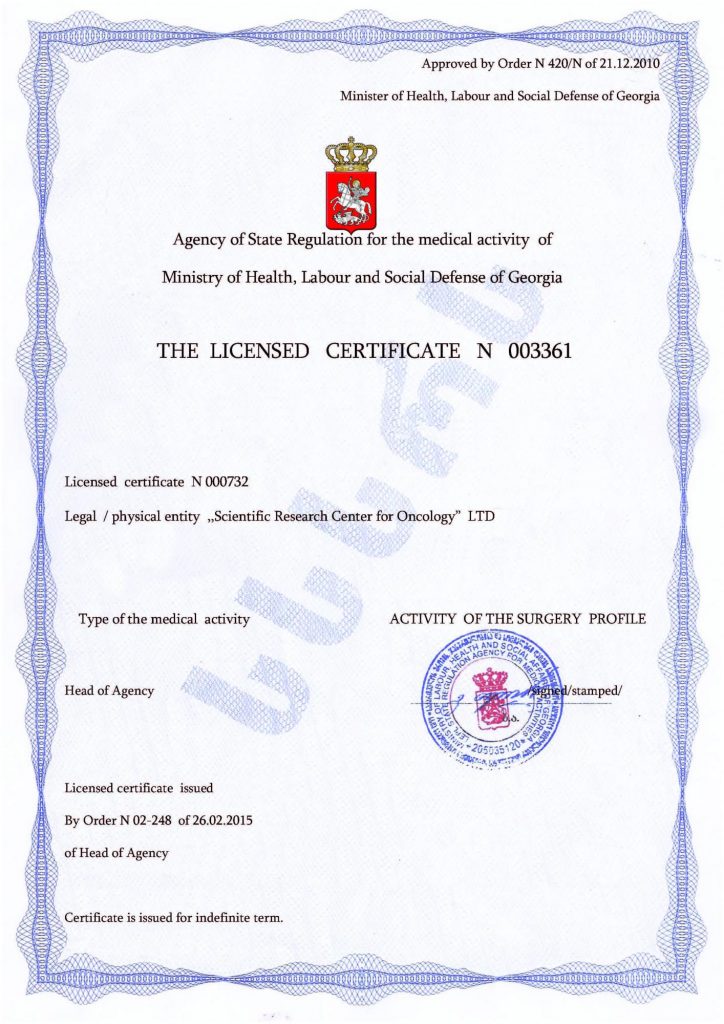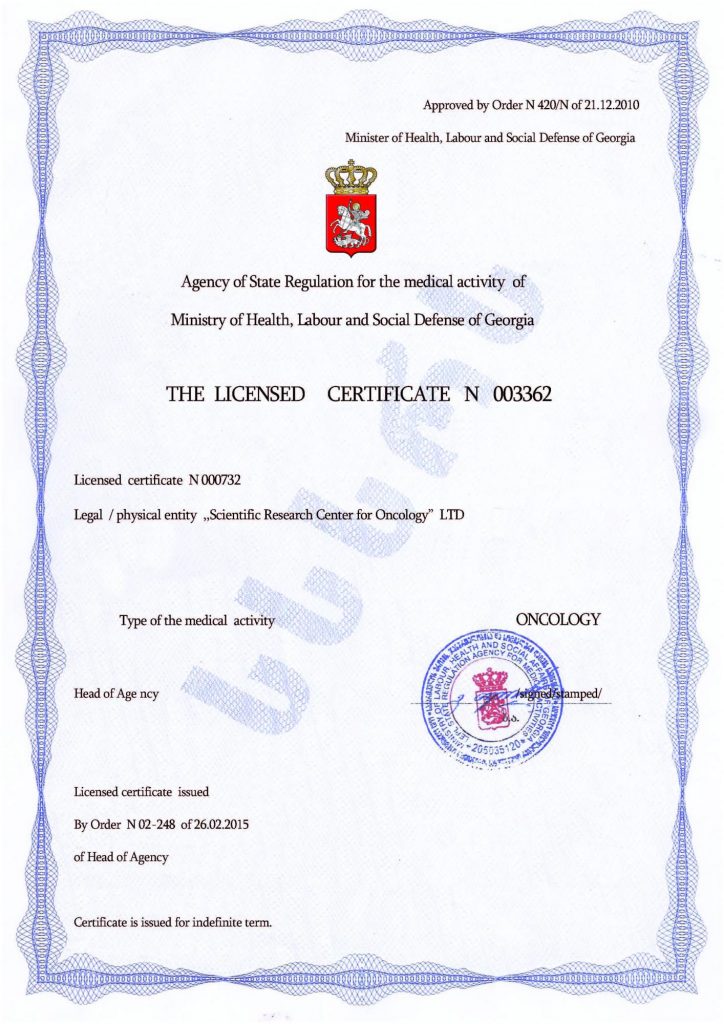Cerebral Palsy in Autism
Patients with cerebral palsy are more frequently diagnosed with autism spectrum disorder (ASD) than others. Experts note that diagnosing these pathologies is incredibly difficult due to their similar symptoms.
However, correct and timely diagnosis of cerebral palsy and ASD makes it possible to develop an effective correction program, especially if modern treatment methods are included.
Children with both cerebral palsy and autism may exhibit a wide range of dysfunctional conditions, united by similar symptoms. These usually include motor dysfunctions and signs of mental disorders in personality development. Both pathologies begin to appear in early childhood.
Cerebral palsy and childhood autism are two separate pathologies with distinct characteristics, but they share common symptoms:
- Repetitive, abnormal body movements
- Delayed development of speech functions
- Unusual, unsteady gait
- Inadequate processing of signals from the sensory organs to the brain
During diagnosis, a doctor must clearly determine which disorder is causing certain symptoms and their specific manifestations. For example, it is essential to identify whether body movements like twitching or flinching are caused by insufficient brain control over muscle activity (a characteristic of cerebral palsy) or by autistic symptoms limited to behavioral patterns.
The origins of communication deficits must also be carefully analyzed. Autism negatively impacts social interaction and communication, while cerebral palsy affects the muscles of the speech apparatus.
Additionally, both disorders may be accompanied by cognitive difficulties in processing information, intellectual impairments, and challenges in interpersonal relationships. Comprehensive diagnostics, including various tests and health assessments, are required for accurate identification.
Treatment Approaches for Cerebral Palsy and Autism
- Physical Rehabilitation
-
- Physical therapy plays a major role in restoring motor abilities.
- Surgery may be recommended in specific cases to address severe motor dysfunctions.
- Symptomatic Therapy for Autism
-
- Developmental therapies
- Psychotherapy focused on social and communication skills
Stem Cell Therapy: A Breakthrough Option
These two diseases share common abnormalities in brain structure, which can be corrected to some extent through stem cell transplantation. Available at the Mardaleishvili Medical Centre, this advanced therapy offers:
- Restoration of damaged brain areas
- Reduction of many symptoms
- Enhancement of outcomes from other rehabilitation methods
While neither condition is fully curable, stem cell therapy addresses the root cause, offering significant improvement. The resulting therapeutic effects provide an excellent foundation for increasing the success of additional developmental and rehabilitation programs.
With advanced methods like stem cell therapy, you can influence the outcome positively. Contact the Mardaleishvili Medical Centre for expert care!
Autism Treatment Center Videos
Autism treatment with own stem cells
Cord blood association congress
International Quality Crown
Autism Treatment Reviews
Autism treatment with own stem cells
The story of Alessandro (6 years old)
Autism Patient Testimonial - Stem Cell Treatment
Clients Testimonials

Review by Anastasia, mother of Yusup (8 years old) Read More

Feedback from Nathalie, mother of Andre (9 years old) Read More

Feedback from Yulia, mother of Emily (7 years old) Read More

Feedback by Everita, Katrina’s mother (5 years old) Read More
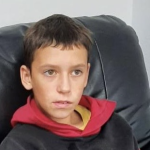
Feedback from Igor, David’s father (12 years old) Read More
